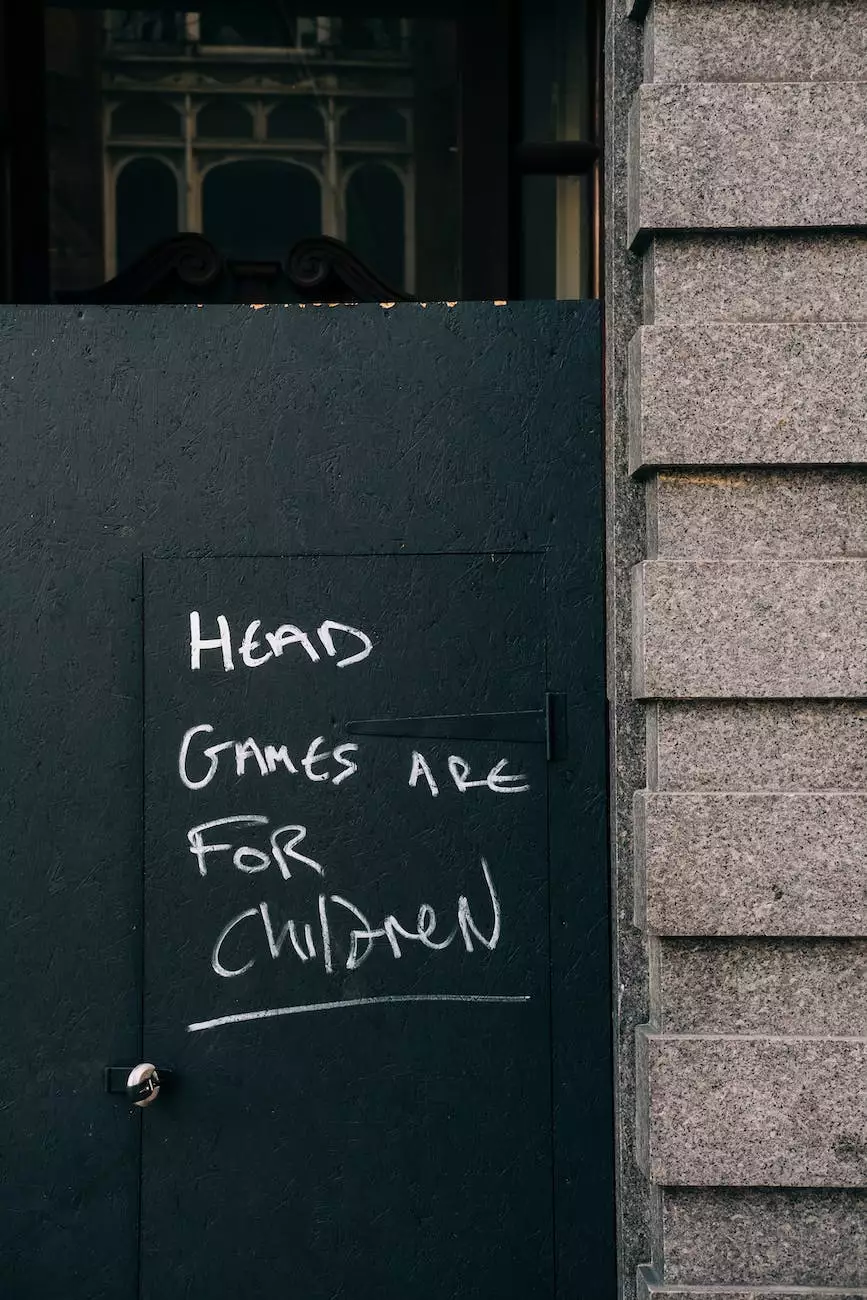Imagine Vs. Image Vs. Imagination – Confusing English Words
English Vocabulary Lessons
Introduction
Welcome to NJCLT's comprehensive guide on the confusing English words Imagine, Image, and Imagination. In this article, we will delve into the nuances and differences between these words, providing you with the knowledge and clarity you need to confidently use them in your English communication.
Understanding Imagine
Imagine is a verb that reflects the act of creating or forming a mental image or concept of something that is not physically present or perceived by the senses. It involves the use of one's imagination to conjure up ideas or scenarios.
Imagine is often used when visualizing or picturing something in one's mind, especially when it comes to scenarios or situations that are fictional or hypothetical. It allows us to explore endless possibilities and stretch the limits of our creativity.
Exploring Image
Unlike Imagine, Image can have multiple meanings depending on the context in which it is used. At its core, an image refers to a visual representation or likeness of something that can be perceived by the senses. It can be a photograph, painting, or even a mental picture.
Image can also be used to describe the way someone or something is perceived or how it presents itself. It relates to the impression or visual portrayal that others have of a person, brand, or idea.
Another usage of Image is in the field of technology, where it refers to a binary representation of data stored or transmitted in a computer's memory. In this context, images can be digital graphics, icons, or any other visual element displayed on a screen.
Unveiling Imagination
Imagination is a powerful cognitive ability unique to human beings. It is characterized by the capacity to mentally generate and manipulate images, ideas, or sensations without the need for direct sensory input.
Your imagination acts as a creative playground, enabling you to shape and transform your thoughts into something unique and innovative. It is an essential aspect of problem-solving, innovation, and artistic expression.
Imagination goes beyond visual perception and involves all the senses. It allows you to not only visualize but also experience and explore the entirety of an imagined concept, bringing it to life in your mind.
Differences Between Imagine, Image, and Imagination
While Imagine, Image, and Imagination are related, they each have distinct meanings and applications:
Imagine:
- Refers to mentally creating or forming an image or concept
- Focuses on the act of visualizing or picturing something in the mind
- Often used for fictional or hypothetical scenarios
Image:
- Can refer to a visual representation or likeness
- Relates to perception, portrayal, or the way something or someone is perceived
- Has multiple meanings depending on the context
Imagination:
- Represents the capacity to generate and manipulate mental images, ideas, or sensations
- Goes beyond visual perception and involves all senses
- Associated with problem-solving, creativity, and artistic expression
Examples of Imagine, Image, and Imagination in Context
To better understand the usage and distinction between Imagine, Image, and Imagination, let's explore some examples:
Imagine:
"Imagine a world without boundaries, where every dream becomes a reality."
"Close your eyes and imagine a beautiful sunset on a secluded beach."
Image:
"Her impeccable fashion sense created a positive image in the eyes of her peers."
"The company worked hard to maintain a strong brand image."
"The photographer captured stunning images of wildlife in their natural habitat."
Imagination:
"The author's vivid imagination transports readers to far-off lands."
"Her imagination knew no bounds, as she painted intricate scenes on her canvases."
"Through the power of his imagination, the inventor revolutionized the way we communicate."
Conclusion
By now, you should have a clear understanding of the differences between Imagine, Image, and Imagination. These related but distinct words play crucial roles in English language and communication. Understanding their nuances, applications, and contexts will enhance your proficiency in expressing yourself effectively.
At NJCLT, we are committed to providing valuable resources for English language learners. We hope this guide has clarified any confusion you may have had regarding Imagine, Image, and Imagination. Stay tuned for more informative articles!




